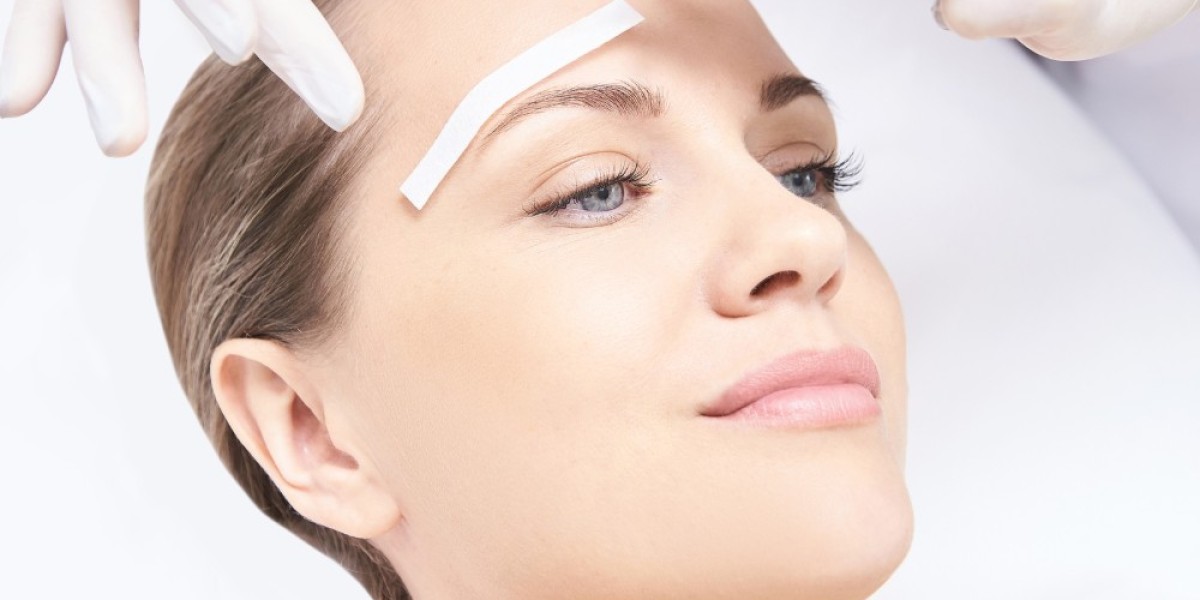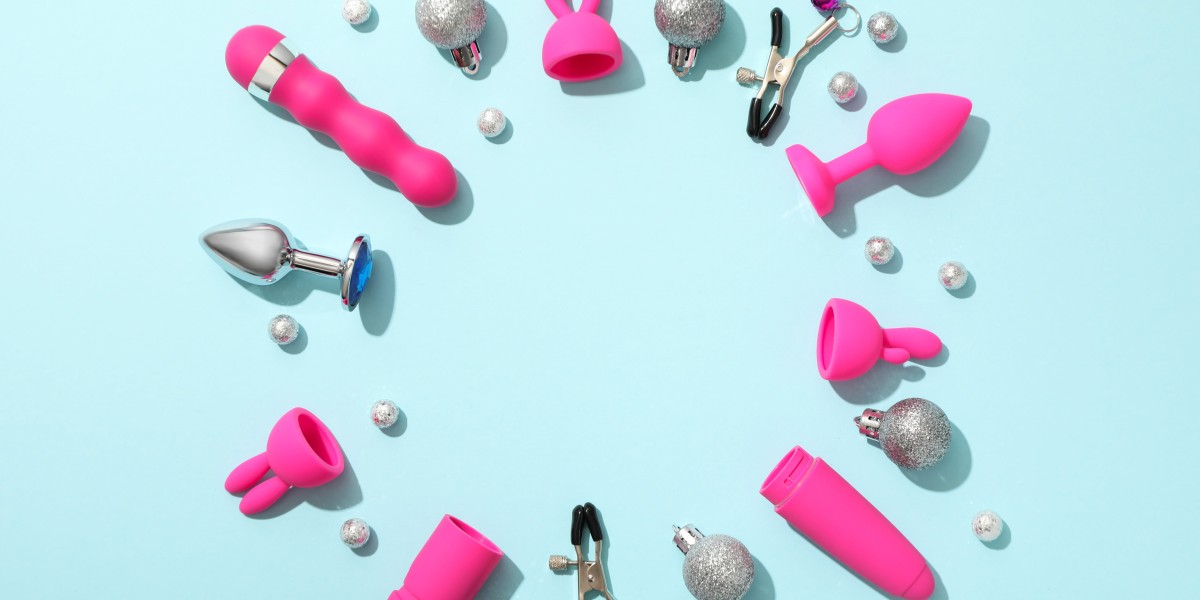Waxing is a popular hair removal method that offers longer-lasting results compared to shaving or depilatory creams. It involves applying warm or cold wax to the skin and then removing it quickly, pulling hair out from the roots. This guide covers everything you need to know about Waxing including different types, benefits, potential side effects, and aftercare tips.
Types of Waxing
1. Soft Wax (Strip Wax)
Applied thinly on the skin.
A cloth or paper strip is pressed onto the wax and then pulled off.
Best for larger areas like legs, arms, and back.
Can be more painful as it removes fine hairs and some dead skin cells.
2. Hard Wax (Stripless Wax)
Thicker consistency that hardens as it cools.
Removed without strips—just pull the wax itself.
Gentler on the skin, ideal for sensitive areas like the face, underarms, and bikini line.
Less painful than soft wax.
3. Sugar Waxing (Sugaring)
Made from natural ingredients like sugar, lemon, and water.
Applied in the opposite direction of hair growth and removed in the direction of growth.
Less irritating, suitable for sensitive skin.
Can be used on all body parts.
4. Hot Wax
Similar to hard wax but requires heating before application.
Great for coarse hair in areas like the bikini line and underarms.
Opens pores for easier hair removal.
5. Cold Wax
Comes in pre-made strips.
No heating required, convenient for quick touch-ups.
May not be as effective as hot or hard wax for thick hair.
Benefits of Waxing
1. Long-Lasting Results
Removes hair from the root, so regrowth takes 3-6 weeks.
Hair grows back finer and sparser over time.
2. Smoother Skin
Exfoliates dead skin cells, leaving skin soft.
Reduces the risk of ingrown hairs compared to shaving.
3. Precision
Great for shaping eyebrows and bikini lines.
Removes even tiny, fine hairs.
4. Cost-Effective
Fewer sessions needed compared to frequent shaving.
Potential Side Effects
While waxing is generally safe, some people may experience:
Redness & Irritation – Temporary, usually subsides within a few hours.
Ingrown Hairs – More common with coarse or curly hair.
Burns – If wax is too hot.
Allergic Reactions – Due to wax ingredients (patch test recommended).
Waxing Aftercare Tips
To keep skin smooth and prevent irritation:
Avoid Heat & Sweat – Skip hot showers, saunas, and workouts for 24 hours.
Moisturize – Use aloe vera or fragrance-free lotion.
Exfoliate Gently – After 48 hours to prevent ingrown hairs.
Avoid Sun Exposure – Freshly waxed skin is more sensitive to UV rays.
Wear Loose Clothing – Prevents friction and irritation.
Conclusion
Waxing is an effective hair removal method that provides smooth skin for weeks. With different types available—soft, hard, sugar, hot, and cold wax—you can choose the best option for your skin and hair type. Proper aftercare ensures minimal irritation and long-lasting results. Whether you opt for professional waxing or DIY at home, following the right techniques will help you achieve the best outcome.








